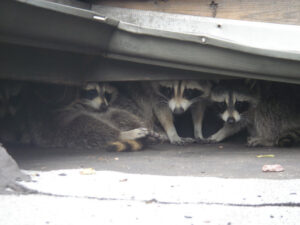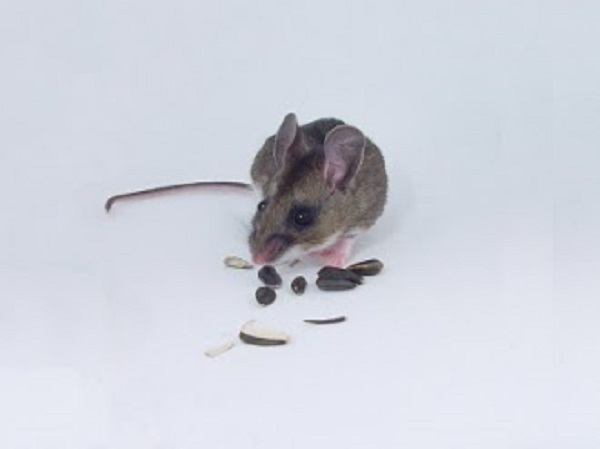As temperatures cool and seasons change, daily activities will adapt as well, and not just for you personally. For the local wildlife in your area, colder weather means preparing for a long winter. Find out how common local animals prepare for winter and how wildlife removal in Oshawa can keep your home free from furry guests. Prepare for a comfortable winter without any uninvited visitors setting up a den in your home.
Raccoons Look for Dens
 Despite their thick winter coats and fat stores, raccoons still look for a place to hunker down in the winter to stay warm. A cozy den in the wild typically consists of a cave or hollow tree, but your attic or crawlspace is an even better place for these furry friends to stay warm on cold winter nights.
Despite their thick winter coats and fat stores, raccoons still look for a place to hunker down in the winter to stay warm. A cozy den in the wild typically consists of a cave or hollow tree, but your attic or crawlspace is an even better place for these furry friends to stay warm on cold winter nights.
In the colder months, some raccoons go into a semi-hibernation state, called torpor, while others remain active and look for food sources in the snow. Raccoons in a state of torpor may be quiet houseguests, but active raccoons can be obvious pests that require professional removal. Whether in a state of torpor or not, a cornered raccoon can become aggressive, so don’t attempt to remove one on your own.
Birds and Squirrels Store Food
Many birds head for warmer weather in the winter, but some species stay in Ontario. These, along with local squirrels, spend much of the year storing away food. Unfortunately, your eaves, garage and any outbuildings are all popular places to stockpile nuts, seeds and other food.
Squirrels and birds will be particularly persistent to enter an area where they’ve stored food. Preventing these animals from continuing to enter one of your buildings throughout the winter requires professional assistance.
Mice Move-in
Cooler weather in the fall makes your home an attractive getaway for local mice. These expert intruders can enter a hole as small as 6 millimetres in diameter, so there may be all sorts of hidden entrances to your home. Once inside, mice can be difficult to remove in a humane way.
Work with our team at Skedaddle Humane Wildlife Control to find ways to assess, remove, clean and prevent. These steps are all necessary to restore the safety and sanitation of your home.
Bats Hibernate
Some of the quietest houseguests in the winter months are bats. These flying friends spend the entire summer eating insects and other pests, then find a cozy place to hibernate all winter long.
Just like raccoons, bats typically take shelter in caves or other areas, but your home is a great substitute. Bats hibernating in your attic may not seem like a big deal, but bat droppings, or guano, can damage your property and pose health risks to you and your family. Once awake, bats may not be able to leave through the same small opening they found to enter your home.
Skunks Go Dormant
Skunks enter torpor during the winter months to reduce their caloric intake and prepare for next spring. These animals typically live in burrows, but some dig their burrows right under your porch or near your shed.
Once spring returns, a skunk coming out of a state of torpor is typically hungry and grumpy. This can be a dangerous thing if you stumble upon one while you’re spring cleaning. Work with local wildlife experts to reduce the chance of a skunk digging a home on your property.
Keep Your Home Free of Wildlife This Winter
As you spend more time in your home this winter, be sure you have it all to yourself. Contact us today to learn more about safe and humane eviction strategies for wildlife that has already moved into your warm, cozy building. Enjoy leading wildlife removal services in Oshawa to avoid an uncomfortable encounter with local wildlife in your home.



